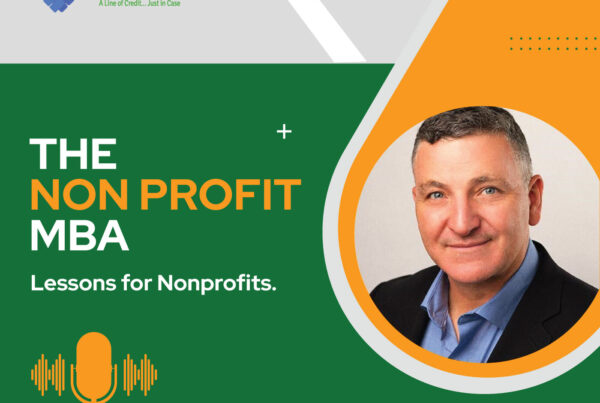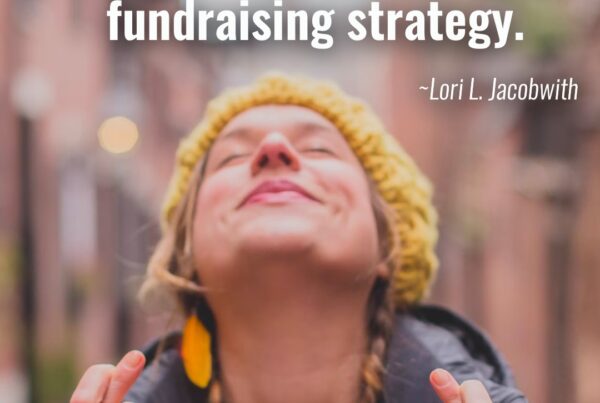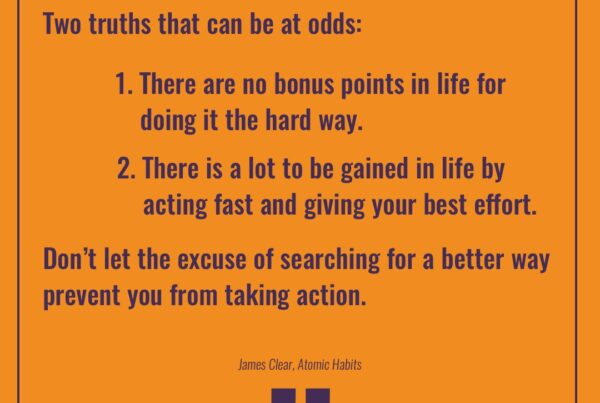Guest Post by Amy Eisenstein
This week I’m honored to share this guest post by my friend and colleague Amy Eisenstein, a fabulous fundraising consultant and author.
One of the major quandaries my small-shop clients bring to me is that they don’t know how to identify whom they should be asking for major gifts. Generally (though not always!) these shops have minimal staff, and both the executive director and the person in charge of fundraising (if they have one!) already feel overwhelmed between mailings, grant writing, and fundraising events.
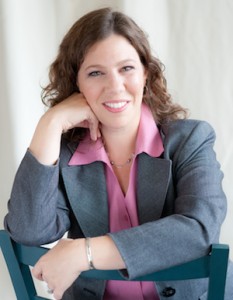
When it comes to determining major gift prospects, they feel lost. “What if we don’t have any connections with the wealthier people in our community?,” they ask me.
The question of how to identify potential major donors quickly and efficiently is one of the topics I cover in my new book, Major Gift Fundraising for Small Shops: How to Leverage Your Annual Fund in Only Five Hours per Week. If you’re working on this issue right now, though, and need some quick advice, here are my three top tips for identifying people who are the most likely to be both willing and able to make major gifts to your organization.
1. Look in Your Database
First, run a report to find your largest donors. That’s the obvious part. Be sure to query cumulative giving. In other words, do not simply pull records by individual gifts, because if you’re only looking for one time gifts of $1,000 or more, you might miss a donor who gives well over $1,000 each year, but in smaller increments throughout the year. Second, run a list of your most loyal donors – measured in frequency of giving. This means donors who have given repeatedly over many years. The big difference between these two lists is that it doesn’t matter how much loyal donors are give – it could be as little as $10 per year. Review these lists with your board and staff member and pull out your top twenty prospective donors, based on what you know about them in terms of their capacity to give in the future and their interest in your organization.
2. Use Existing Networks
If your organization does have any donor history to draw from, it’s time to bring your board and staff together for a brainstorming meeting. You are probably not ready for major gifts quite yet, but it’s time to friend-raise for the organization, which is a precursor to major gifts fundraising. Ask board and staff members to identify approximately five people from their current networks who have some capacity to give (don’t think major gifts at this point) and the potential to be interested in your organization. Start out by inviting them on a tour, to an event, or to volunteer.
=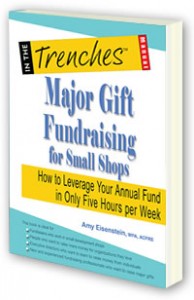
3. Use the Internet
Once you’ve identified your top twenty prospects (through steps 1 and 2), turn to the Internet to learn a bit more about them. Between Google, LinkedIn and sites like Zillow and Salary.com, you’ll be able to get a solid idea of your prospects’ net worth and personal and professional interests – all from public information, much of which they themselves have provided. Having this information on hand ahead of time will prevent you from asking at the wrong time, or for asking for either too much or too little. This research will also help you refine your list of top contacts and allow you to use your limited time where it has the most chance of paying off for your organization.
Major gift fundraising is not easy – but it is simple, and not just when it comes time to identify your major gift prospects. If your organization hasn’t started a major gift program yet you’re leaving money on the table. I urge you to get started soon!
Let me know how you identify major gifts prospects at your organization. I’d love to hear about it in the comments.
Amy Eisenstein, ACFRE, is an author, speaker, coach and fundraising consultant who’s dedicated to making nonprofit development simple for you and your board. Her books include 50 A$ks in 50 Weeks, Raising More with Less, and her latest book, Major Gift Fundraising for Small Shops.
Get copies of Amy’s free eBooks here.




